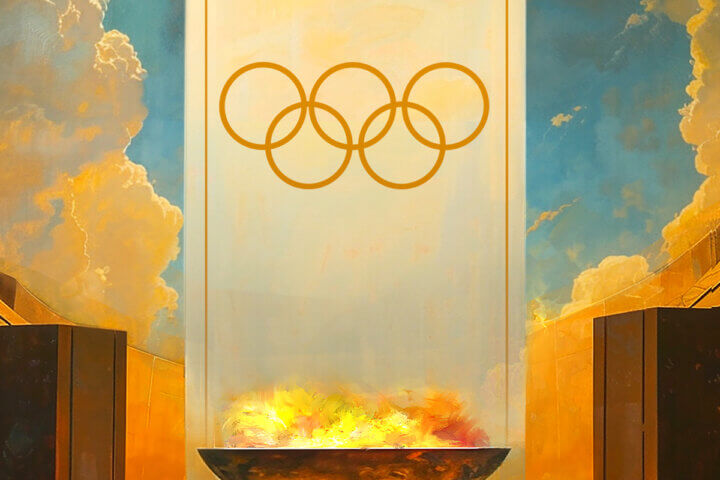Last summer, one late morning in June, I looked out my window to see a slender, young fox sitting in the meadow in front of our house. Stunned, I watched as she groomed her paws and yawned.
Of the fauna I have seen trot through our yard–deer, weasel, rabbit, coyote, fisher, and yes, fox – this was the first time I witnessed an animal taking a nap, and the sweetest surprise yet of our meadow.
“Meadow” is a generous and romantic term for the huge swath of lawn (over an acre) we have stopped mowing.
This meadow experiment didn’t happen all of a sudden: we began cutting back on mowing, dropping to every other week, over 10 years ago. In areas of low traffic, we let wild patches flourish. We have lived here since 2007; the land is almost five acres and most of it, formerly an asparagus field, is covered in lawn.
There is a right way to create a meadow by smothering weeds and planting wildflowers; I did not do this. While the “Meadows 1-2-3” course I took through Native Plant Trust was enchanting and educational, I have not employed a single tactic, other than committing to this leap of faith. I only stopped mowing and observed the plants that offered themselves. (I do mow my meadow once a year.)
Can we rethink why we have lawns and make them into something beneficial, useful and beautiful too? Can we think of our yards as something other than pristine extensions of our living rooms? This symbol of prosperity may be tidy and green, but a thriving ecosystem it is not. Reimagining the American lawn – with all of its deleterious effects on our environment – is crucial for a sustainable and biodiverse future.
Last summer Concord suffered a severe drought. Because the grass in our lawns is native to England – it is the biggest irrigated monocrop of the United States – it goes dormant in the heat and turns brown. It recovers and turns green only when cool temperatures and rainfall return.
But my meadow? Yes, it looked dry, but it was also gorgeous: swaying stalks of rosette panicgrass, common eastern fleabane, milkweed, common evening primrose and (my favorite!) clouds of purple lovegrass. Non-natives were in there too: timothy grass, plantain. My live and let live policy does not extend to noxious invasives: a mowed border creates a neat and intentional container for our rewilding, while also keeping out Asian bittersweet.
In wetter, shadier areas where we have stopped mowing, even more botanical delights have offered themselves: toadflax, morel mushrooms, bloodroot, heath and wood asters, trillium, native blackberries, cinquefoils. And with them, a glory of insects, bees, and birds.
American lawns are behemoths of time, energy, chemicals, and water. For a lawn to be perfectly green and lush, ironically it must also be artificial and barren. You can start small: go organic, plant drought tolerant grasses, cut back on watering, and mow less (give No-Mow May a whirl).
Of course there are some uses for the traditional lawn: we will always mow an area for sitting with friends, grilling, even an impromptu soccer game. Maybe your own yard has a good place to plant native wildflowers or a shade garden.
Allowing even small plots to rewild with native plants, flowers and trees has amazing benefits: from creating wildlife corridors to feeding birds and pollinators, all of which are in decline. And for us humans, we get water conservation, chemical free habitat, fewer noisy mowers and their carbon footprint, and more free time.
I am here to say – the image of a napping fox in my mind – the results can be beautiful, too.



